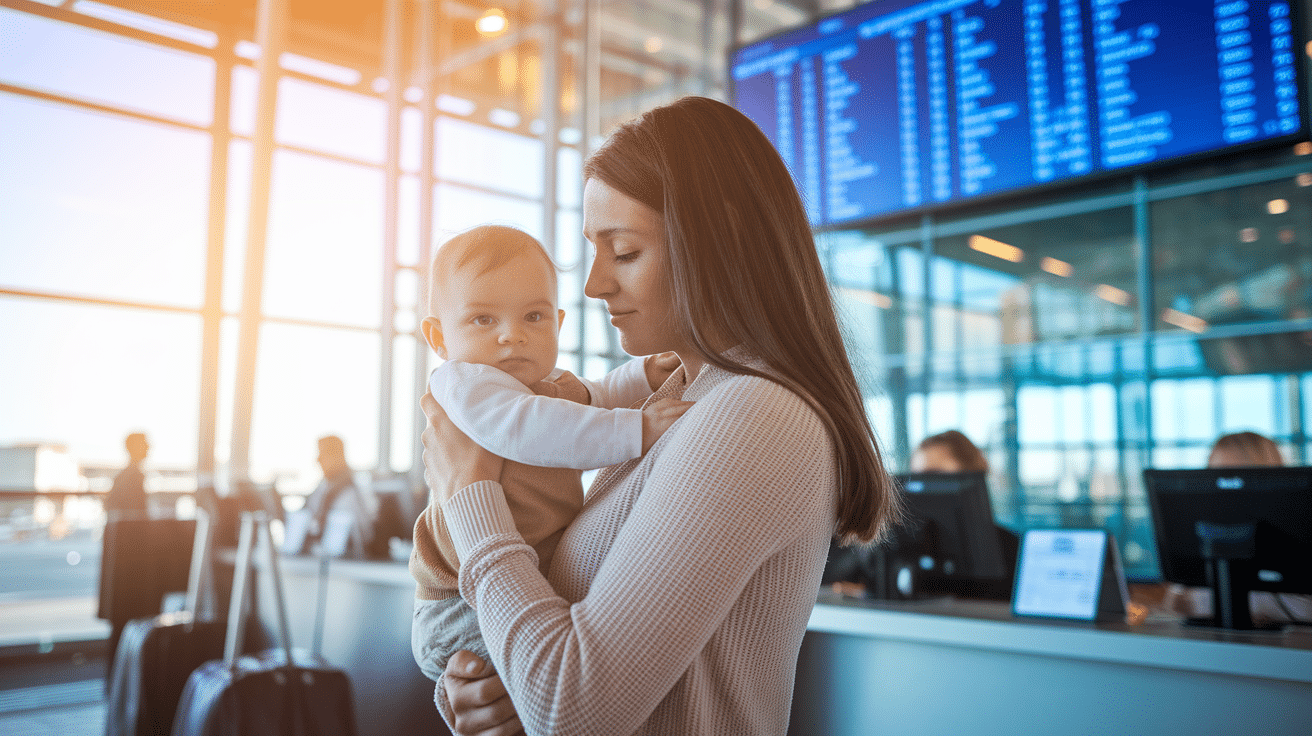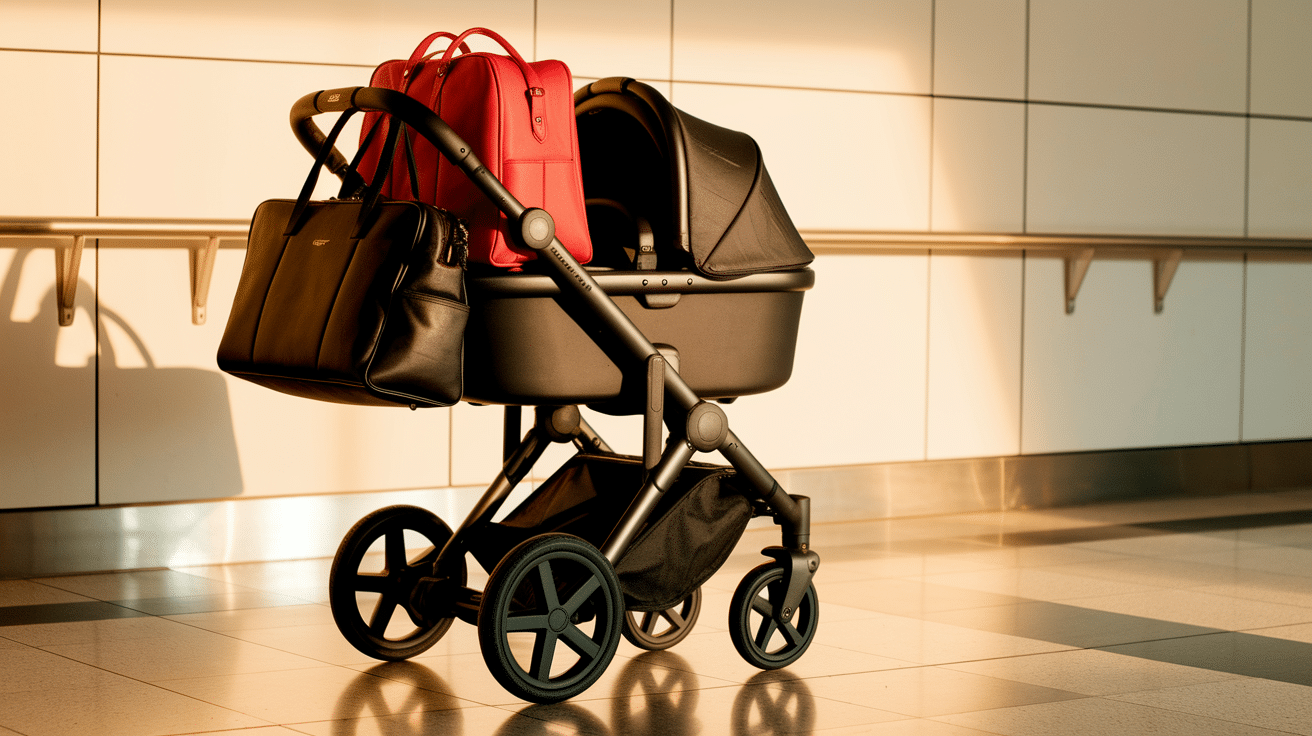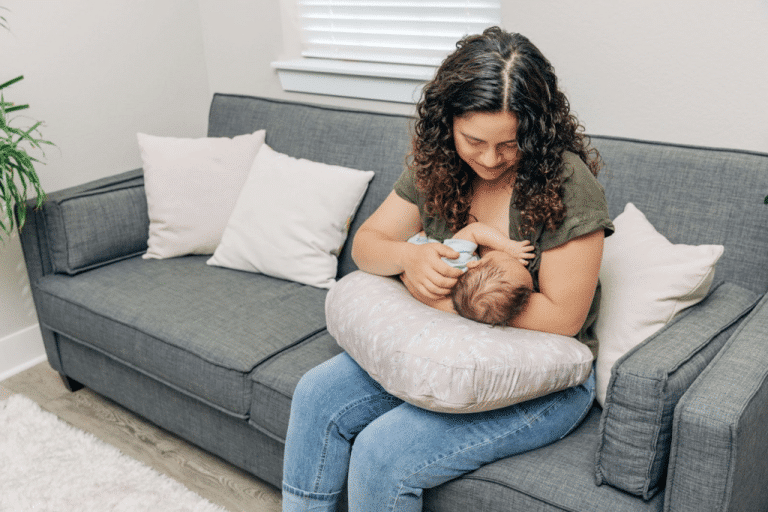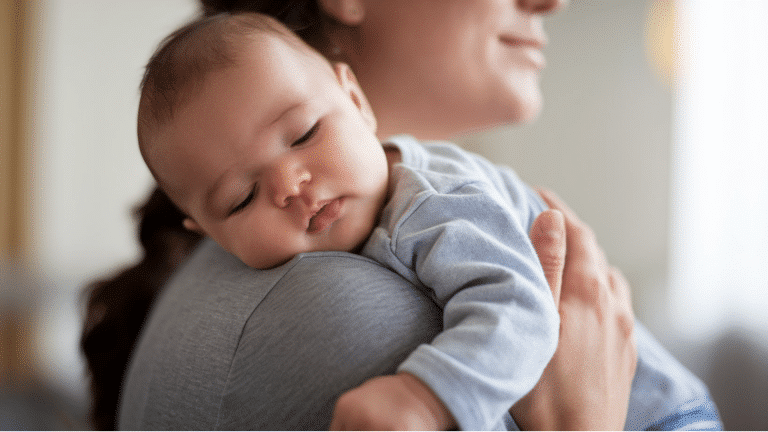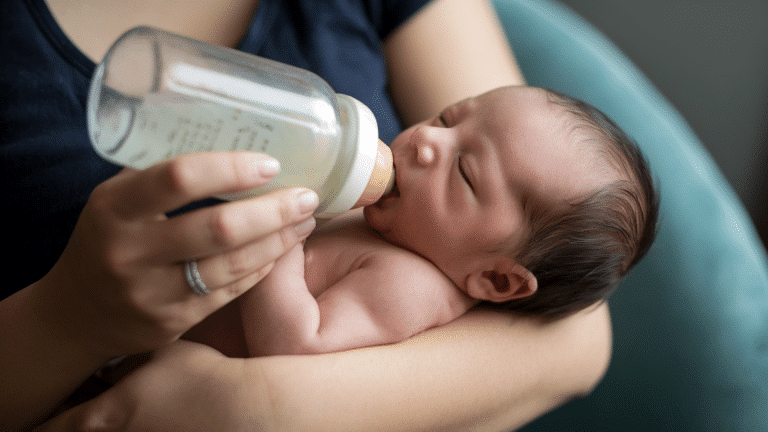Planning your first international trip with your baby and feeling overwhelmed?
Traveling internationally with an infant brings unique challenges and wonderful moments that require careful planning and preparation.
Your baby will need special attention, extra documentation, and different travel arrangements compared to adult-only trips.
From passport applications to feeding schedules during long flights, every detail requires thoughtful consideration.
When you prepare well, you can handle unexpected situations calmly and focus on creating positive memories with your little one.
This comprehensive guide walks you through each step of planning and executing successful international travel with your infant.
What You Need to Know Before You Travel
Before you pack those tiny socks and board that plane, there are some super important things to know!
First, your baby needs their very own passport, even if they’re just a few weeks old – no sharing with mom or dad allowed!
Next, schedule a consultation with your pediatrician to ensure your little traveler is healthy enough to fly and up-to-date on any necessary vaccines for your destination.
Don’t forget to ask about managing ear pressure during takeoff and landing, as well as what to pack in case your baby gets sick while you’re away. A little planning now means a whole lot more fun later!
Step-by-Step Guide for International Travel with an Infant
Planning international travel with an infant requires more time and attention than regular trips. Starting early gives you the best options and reduces last-minute stress that can affect your baby’s comfort.
1. When to Book Your Flights
Book flights 2-3 months early to secure better seating options and times that match your baby’s routine.
Airlines limit infants per flight section, so early booking ensures your spot and access to direct flights that reduce travel stress.
Consider your baby’s sleep and feeding schedule when choosing flight times.
Red-eye flights work for good nighttime sleepers, while daytime flights suit babies who nap during the day. Avoid peak travel periods when delays are more common.
2. Obtain Your Baby’s Official Documents ASAP
Your baby needs a certified birth certificate and a Social Security number for international travel and passport applications.
Contact your local vital records office immediately after birth for certified copies, and apply for the Social Security number at the hospital or SSA office.
Having these documents ready prevents delays in travel planning, as some airlines require age verification for infant tickets.
3. Attend Your Passport Application Appointment as a Family
Both parents must attend the passport appointment or provide notarized consent from the absent parent. Schedule at a passport facility that offers expedited processing if traveling soon.
Bring the required documents: birth certificate, parent IDs, and a recent baby photo.
Infant photo requirements are specific: the baby’s eyes open, looking at the camera, no pacifiers or other people visible. Professional photographers familiar with these requirements can help ensure acceptance.
Booking Tickets for an International Flight with an Infant
Understanding airline policies for infant travel helps you make the best decisions for your family’s comfort and budget. Each airline has different rules about infant seating, documentation, and services.
1. Infant Seating Options
Most airlines allow children under 2 years old to fly as lap infants for free or at a reduced fee on international flights.
However, purchasing a separate seat for your baby provides more space and allows you to use an approved car seat during the flight.
This option is safer and more comfortable, especially on long international flights.
If you choose the lap infant option, you’ll hold your baby during takeoff, landing, and when the seatbelt sign is on.
Some airlines provide special infant seatbelt extenders that attach to your seatbelt. Consider your baby’s size, temperament, and flight length when deciding between these options.
2. Documentation You Will Need
Your baby needs a valid passport for international travel, regardless of age. Some countries also require visas for infants, so check the destination country’s requirements well in advance.
Keep the birth certificate easily accessible as proof of age, especially if your baby looks older or younger than their actual age.
Organize all documents in an easily accessible folder or travel wallet. Make copies of important documents and store them separately from the originals.
Consider storing digital copies on your phone or cloud storage as a backup.
3. Other Things to Consider
Beyond basic ticket booking, several important factors can make your international flight much more comfortable for both you and your baby.
These considerations help ensure smooth travel and reduce stress during your long voyage.
No Layovers
- Choose direct flights to reduce total travel time
- Avoid the stress of changing planes with baby gear
- Eliminate the risk of delays and missed connections
- Prevent disruption to the baby’s feeding and sleep schedule
- If layovers are unavoidable, choose the shortest connection time
Scheduling/Flight Times
- Match flight times to the baby’s natural sleep patterns
- Consider if the baby sleeps well during car rides
- Plan around regular feeding schedules
- Factor in time zone changes at the destination
- Think about jet lag effects on a baby’s routine
Bassinet
- Available on most international airlines for long flights
- Weight limit: typically 20-25 pounds
- Must request when booking (limited availability)
- Assigned on a first-come, first-served basis
- Only available in bulkhead seats
Baby Meals
- Ask the airline about bottle-warming policies
- Some airlines heat bottles, others don’t
- Bring extra formula and baby food in a carry-on
- Check TSA guidelines for baby food quantities
- Pack feeding supplies for the entire flight duration
4. How Young Can Your Baby Fly?
Most airlines allow babies to fly after they’re 7-14 days old but check with your specific airline for their minimum age requirements.
Pediatricians generally recommend waiting until babies are at least 2 months old for international travel, as their immune systems are stronger and they’ve had time to establish feeding routines.
Consider your baby’s health, feeding schedule, and recovery from childbirth when deciding on travel timing. Premature babies or those with health concerns may need medical clearance before flying.
Planning and Packing with A Baby
Choosing the right accommodation and packing efficiently make your international trip more comfortable and manageable.
Research your destination’s baby-friendly options and local resources before departure.
Planning Your Stay
• Baby-Friendly Accommodations Research hotels or vacation rentals that offer cribs, high chairs, and other essential baby items. Confirm availability when booking and consider places with kitchen facilities for preparing baby food and sterilizing bottles.
• Local Resources Research: Look into pharmacies carrying familiar baby products, pediatric clinics, and baby supply stores at your destination. Research local water quality to determine if it’s safe for mixing formula or if you need bottled water.
Packing
• Essential Baby Supplies Pack enough diapers, wipes, and baby clothes for the trip, plus 50% extra in case of delays. Bring familiar comfort items like favorite toys, blankets, and pacifiers to help your baby feel secure.
• Organization and Accessibility Use packing cubes to keep baby items separated and easily accessible throughout your trip. Pack complete outfit changes for both you and your baby in carry-on luggage, since accidents happen during travel.
• Climate Consideration: Research your destination’s weather and pack appropriate clothing for your baby’s comfort. Include any special medications and care items your baby needs regularly.
Boarding the Plane with an Infant
• Priority Boarding Advanta: Take advantage of family priority boarding to get extra time to settle in before other passengers board. Use this time to organize your seat area and set up baby gear comfortably.
• Pre-Flight Preparation: Prepare feeding supplies and comfort items before boarding so they’re easily accessible during the flight. Keep all travel documents readily available for quick airline staff verification during the boarding process.
In-Flight Carry-On Items
Organizing your carry-on items strategically helps you handle your baby’s needs during the flight without disturbing other passengers or creating stress for yourself.
| Category | Essential Items | Quantity/Notes | Purpose |
|---|---|---|---|
| Diaper Supplies | Diapers, baby wipes, hand sanitizer, plastic bags | Flight duration + extras for delays | Handle diaper changes and cleanup |
| Clothing | Complete outfit change for baby and yourself | At least 1 full set each | Accidents and spills happen |
| Feeding Supplies | Bottles, formula, baby food, snacks | More than flight duration | Keep baby fed and happy |
| Entertainment | Age-appropriate toys, books, and tablets with videos | 3-4 different options | Prevent boredom and fussiness |
| Health Items | Regular medications, infant pain reliever | All prescribed + basics | Handle ear pressure and health needs |
| Diaper Bag Organization | Portable changing pad, frequently used items in outer pockets | Easy access design | Quick changes in airplane bathrooms |
| Personal Comfort | Neck pillow, headphones, snacks, phone charger | Your comfort essentials | Take care of yourself to care for the baby |
Pro Tip: Keep most-needed items in easily accessible pockets • Pack entertainment items you haven’t used before to maintain novelty
Ready for Your International Experience with Baby
International travel with an infant requires extra planning and preparation, but it opens up wonderful opportunities for family experiences and memories.
Starting your planning early, organizing proper documentation, and packing thoughtfully set the foundation for a successful trip.
Focus on the positive aspects of sharing new experiences with your little one, and don’t worry about minor setbacks or changes to your original plans.
Every family’s travel experience is different, so adapt these guidelines to fit your baby’s specific needs and your family’s travel style.
Start planning your international experience today and create lasting memories with your little traveler.


